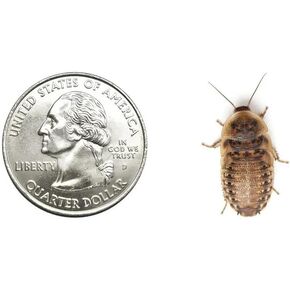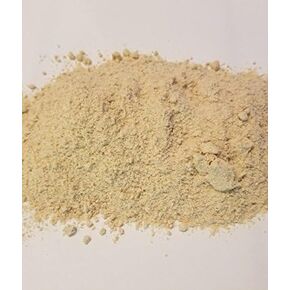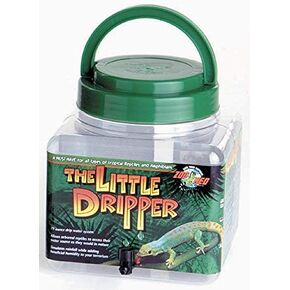- Shopping, made easy.
- /
- Get the app!
Flightless D. hydei fruit fly culture (24oz container) D. hydei fruit flies are ideal feeder insects for small or young animals. They are about twice as large as D. melanogaster. Unlike crickets or other typical feeder insects, fruit flies cannot bite or harm your pet. They are easy to maintain and reproduce quickly (D. hydei reproduce slower than D. melanogaster). The life cycle of D. hydei is complete in about 4 weeks while that of D. melanogaster is complete in under two weeks. Life cycle: Fruit flies undergo complete metamorphosis. They begin life as eggs which, within 2-4 days of being laid, will hatch into larvae called maggots. Maggots feed on and live within the media provided at the bottom of the container. They remain in the media until ready to pupate. At this point, the larvae will crawl to the sides of the container and on the wood shaving substrate to pupate. They will remain in their pupal stage for about a week. Pupae will change from a orange-brown color to transparent (you can see the fly inside!) When they are ready to eclose (emerge as an adult from a pupae). Newly emerged adult flies are sensitive and shouldn't be handled for about an hour. In a couple of days, they will be ready to mate and lay eggs. Temperature/humidity: The life cycle progression of fruit flies, like other insects, is dependent on the temperature at which they are kept. While room temperature is ideal for maintaining flies, they can tolerate colder temperatures. If necessary, they can be refrigerated (NOT FROZEN) for about a week without inflicting any harm to the flies at any stage of life. Refrigerating the flies will cause them to be very sluggish or immobile until temperatures warm up. As a result, temporary refrigeration can be used to separate/transfer flies elsewhere. As long as there is adequate air exchange, and the media is properly hydrated, humidity isn't a crucial factor. Media: The media provided is a potato-based proprietary modification of a commercially available type of fruit fly media. I supplement media with beetroot powder as this provides extra nutrients, like carotenoids, which have been shown to extend the lives of fruit flies as well as gives your pets (who eat the flies) better nutrition. Media should remain hydrated at all times. It should be smooth (like thick mashed potatoes), but never runny or sticky. Otherwise, adult flies will become trapped in the media and suffocate. If media is too dry, cracks may appear. Media that is not properly hydrated will delay the production of flies. To rehydrate, simply add water (slowly and little by little) until media appears smooth.
 50 Medium 3/4 Inch Dubia Roaches Live, Ideal for Amphibians & Invertebrates, Nutritious & Easy to Keep Live Cockroaches, Perfect for Reptiles, Birds, Rodents, Fish, and More
KWD 6
50 Medium 3/4 Inch Dubia Roaches Live, Ideal for Amphibians & Invertebrates, Nutritious & Easy to Keep Live Cockroaches, Perfect for Reptiles, Birds, Rodents, Fish, and More
KWD 6
 200 Extra Small
KWD 7
200 Extra Small
KWD 7
 Oregon Silkworms Hornworm Food(uncooked) 8oz, Makes 2.5 lbs Cooked
KWD 7
Oregon Silkworms Hornworm Food(uncooked) 8oz, Makes 2.5 lbs Cooked
KWD 7
 Zoomed 70oz Little Dripper for Chameleons - Includes Attached DBDPet Pro-Tip Guide - Let Water Continuously Drip into Your Chameleon's Enclosure!
KWD 8
Zoomed 70oz Little Dripper for Chameleons - Includes Attached DBDPet Pro-Tip Guide - Let Water Continuously Drip into Your Chameleon's Enclosure!
KWD 8